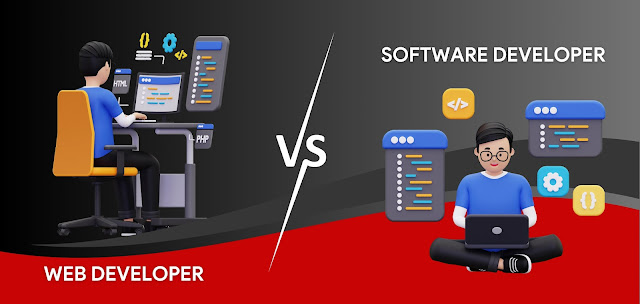Websites play a pivotal role in building brands and enhancing business growth. Companies are always on the hunt to build interactive websites that load quickly and connect with the users. This is where single page web applications can help you gain an edge. They offer lightning-fast performance, are easy to build, and offer high user experiences.
Single-page applications (SPAs) can dynamically rewrite the page and update it with new data. Consequently, users get quick responses and seamless interaction with them.
In this blog, we will explore everything related to single page applications. This includes what they are, key benefits, how to build them, and more.
What is Single-Page Application?
A single-page application is a category of web app or site that is capable of delivering seamless, app-like UX. They dynamically update the current page using data retrieved from the server. This ensures seamless transitions with quick interactions, much like a native mobile app.
Unlike regular web applications, they do not load separate HTML pages for every action. Instead, SPAs load most of the HTML, CSS, and JavaScript once at the start or fetch them as needed. The application further uses JavaScript for rendering content dynamically. This means users stay on a single webpage while content updates are in place as per users’ demand. You might also hear this concept referred to as a Single Page Interface (SPI).
Popular Examples of Single Page Apps are:
- Gmail
- Google Maps
- Netflix
- X (Formerly called Twitter)
How do Single Page Applications Work?
The working principle of the single page apps can be understood in the following ways:
1. Initial Load
When a user first visits the application for the first time, the browser downloads all the necessary files. This mainly contains the necessary HTML, CSS, and JavaScript files for the application. So, users need to wait a while when they open the web app. However, this only happens for the first visit; other recurring visits are fast-paced.
2. User Interaction
When users interact with the application, the JavaScript code manages changes. The SPA uses JavaScript to fetch data from the server for any new information. This is achieved through Ajax techniques. Further, the necessary changes in the page content are made available.
3. Dynamic Content Updates
Finally, JavaScript manipulates the Document Object Model (DOM) to provide users with accurate responses. The changes on the page are visible.
Core Technologies Used for Building Single Page Web Applications
Building a single page application architecture requires the use of JavaScript frameworks and technologies. Based on the project demand, you can use specific libraries, frameworks, and other development tools.
- Frontend Frameworks: React, Angular, Vue.js, etc.
- Backend Technologies: Node.js, Express.js, Ruby on Rails, etc.
In certain cases, developers also use static site generators. This includes tools like Next.js, Gatsby, etc. They are helpful in optimizing performance and single page application SEO.
Here are 3 Rendering Methods for Single-Page Apps
1. Client-Side Rendering (CSR)
- The browser requests an HTML shell from the server.
- JavaScript and CSS are loaded and executed on the client side.
- Content is fetched asynchronously and injected into the DOM.
- The page may appear blank briefly while the scripts run.
2. Server-Side Rendering (SSR)
- The server compiles and returns a fully rendered HTML page.
- The browser displays the content immediately.
- JavaScript takes over once loaded to make the page interactive.
- This approach improves initial load times and SEO.
3. Static Site Generation (SSG)
- HTML pages are pre-built during the development or build phase.
- When a user requests a page, the server returns a static HTML file instantly.
- JavaScript enhances interactivity after the page is loaded.
- Offers blazing-fast performance and is ideal for content-heavy sites.
- Orignial source:- The Ultimate Guide to Single Page Applications











